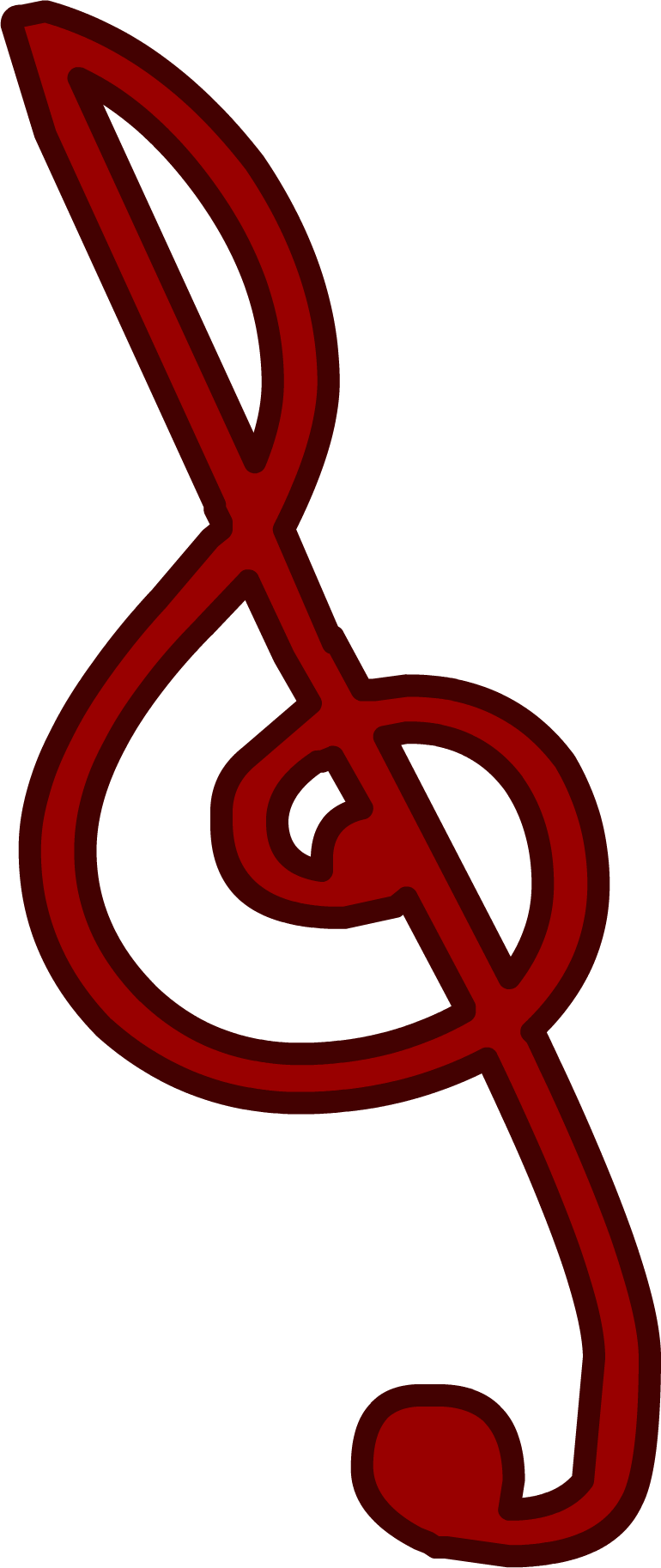
This image has format transparent PNG with resolution 770x1826.
You can download this image in best resolution from this page and use it for design and web design.
Clef PNG with transparent background you can download for free, just click on download button.
A clef (from French: clef 'key') is a musical symbol used to indicate which notes are represented by the lines and spaces on a musical stave. When a clef is placed on a stave it assigns a particular note to one of the five lines. This line becomes a reference point by which the names of the other notes on the stave are determined.
The three clef symbols used in modern music notation are the G-clef, F-clef, and C-clef. Placing these clefs on a line fixes a reference note to that line—an F-clef fixes the F below middle C, a C-clef fixes middle C, and a G-clef fixes the G above middle C. In modern music notation, the G-clef is most frequently seen as treble clef (placing G4 on the second line of the stave), and the F-clef as bass clef (placing F3 the fourth line). The C-clef is mostly encountered as alto clef (placing middle C on the third line) or tenor clef (middle C on the fourth line). A clef may be placed on a space instead of a line, but this is rare.
The use of different clefs makes it possible to write music for all instruments and voices, regardless of differences in range. Using different clefs for different instruments and voices allows each part to be written comfortably on a stave with a minimum of ledger lines. To this end, the G-clef is used for high parts, the C-clef for middle parts, and the F-clef for low parts. Transposing instruments can be an exception to this—the same clef is generally used for all instruments in a family, regardless of their sounding pitch. For example, even the low saxophones read in treble clef.
Theoretically, any clef may be placed on any line. With five lines on the stave and three clefs, there are fifteen possibilities for clef placement. Six of these are redundant because they result in an identical assignment of the notes to the lines (and spaces)—for example, a G-clef on the third line yields the same note placement as a C-clef on the bottom line. Thus, there are nine possible distinct clefs, all of which have been used historically: the G-clef on the two bottom lines, the F-clef on the three top lines, and the C-clef on any line except the topmost. The C-clef on the topmost line is equivalent to the F-clef on the third line but both options have been used.
Each of these clefs has a different name based on the tessitura for which it is best suited.
lef combinations played a role in the modal system toward the end of the 16th century, and it has been suggested certain clef combinations in the polyphonic music of 16th-century vocal polyphony are reserved for authentic (odd-numbered) modes, and others for plagal (even-numbered) modes, but the precise implications have been the subject of much scholarly debate.
Reading music as if it were in a different clef from the one indicated can be an aid in transposing music at sight since it will move the pitches roughly in parallel to the written part. Key signatures and accidentals need to be accounted for when this is done.
In this clipart you can download free PNG images: Clef PNG images free download, treble clef PNG